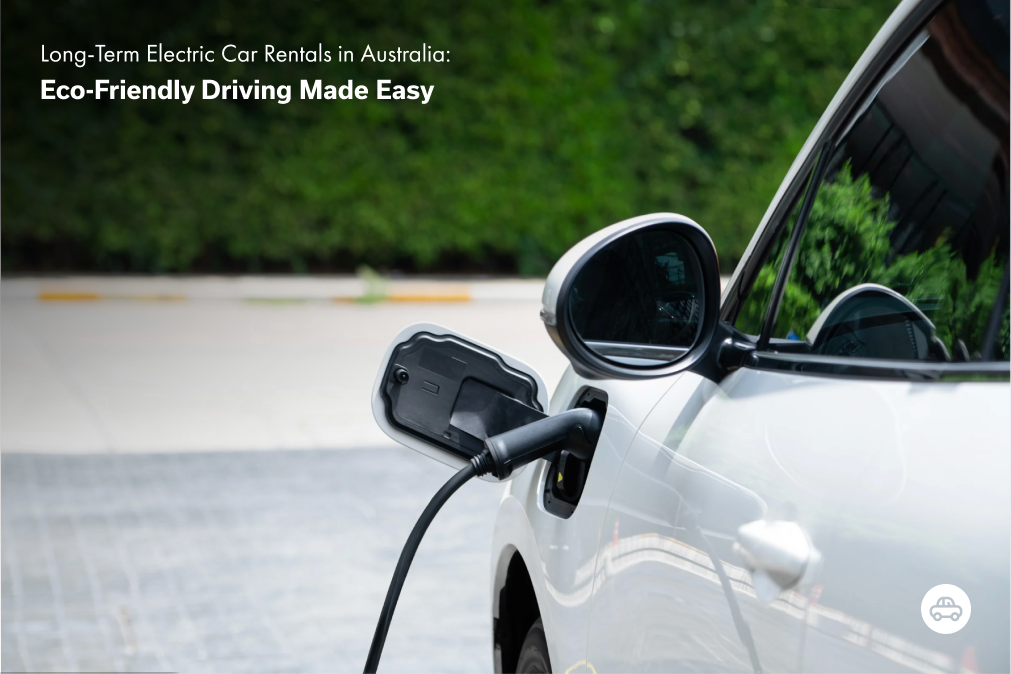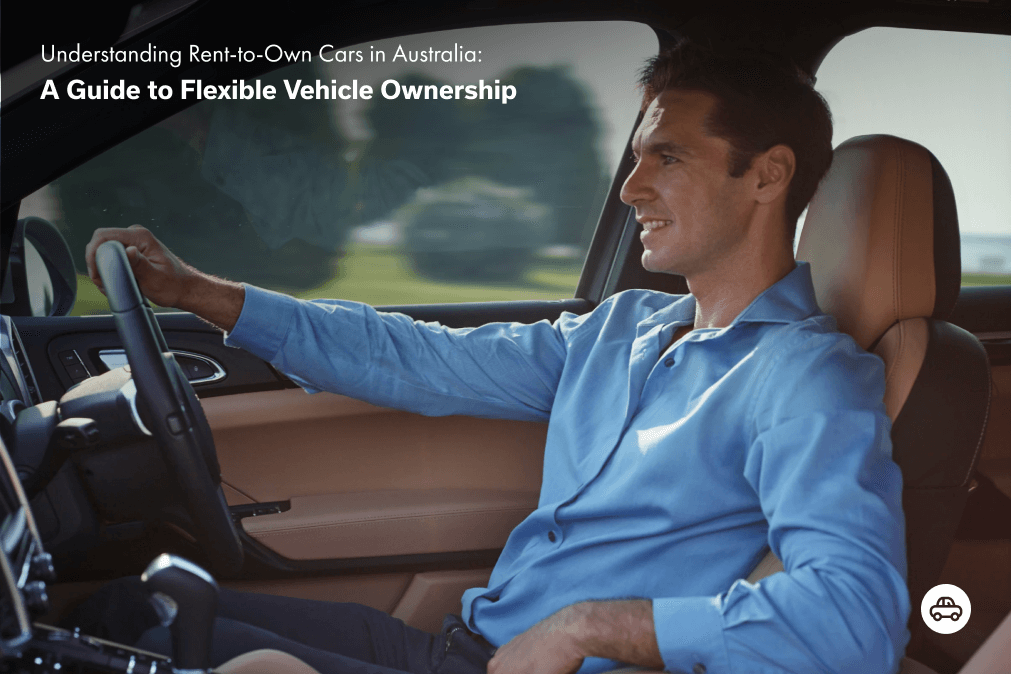For decades, Australian businesses have relied on leasing arrangements as a more affordable way to quickly build a working fleet. The low upfront costs associated with leasing made it attractive especially to smaller or more seasonal businesses, who otherwise would not be able to build a fleet for want of available capital.
However, that has changed this year. New accounting standards that entered into effect in 2019 have required a transformation in the way businesses acquire and manage their fleets, potentially making leasing a less attractive arrangement for businesses of all sizes.
At Carbar, we want to help you keep your business moving. We’ve put together this primer on the new accounting standards, diving in what they are, what they mean for you, and what your options are. Read on and make a more informed choice for your business.
What is AASB 16?
These changes stem from a document – AASB 16 – issued by the Australian Accounting Standards Board in February 2016. AASB 16 defines new rules for how leases are to be treated during the accounting process, requiring most leases to be recorded on the balance sheet.
Previously, there was no requirement to record obligations to make future payments under a lease arrangement on the balance sheet – going forward, businesses will have to include the costs of use of the leased asset and the associated benefits on its balance sheet. Additionally, the distinction between finance leases and operating leases has been effectively collapsed for lessees, with new reporting standards applying equally to both forms.
What it means for you?
Coming into effect for the 2019-2020 financial year, AASB 16 has the potential to dramatically alter how businesses build and access their fleets. Being able to keep the costs of a potentially unlimited number of vehicles off the balance sheet allow businesses to dramatically reduce the amount of debt it reported, providing it more options when it comes to seeking capital.
Not only does this policy change potentially alter the risk profile of your business – which could affect your ability to take out a loan – it also dramatically increases the amount of reporting required on an ongoing basis. Having to record the costs of use and associated benefits of each leased vehicle in your fleet will take significantly more time – and expense – than simply recording the rental costs, potentially cutting into your bottom line. The change in your debt-to-equity ratio may also have tax implications for your business.
A new approach to fleet management
These changes are significant enough that many businesses have considered dispensing with their leased vehicles, as their liability may outweigh their use. However, that’s simply not an option for many businesses who rely on their corporate fleet for day-to-day tasks or as an attractive incentive for world-leading talent.
If you’re looking to preserve your current accounting arrangements in a post-AASB 16 world, there is an alternative to off-loading your fleet. Carbar offers flexible access to hundreds of different vehicles on a subscription basis. Under the new accounting standards, vehicle subscriptions can be kept off your balance sheet, allowing you to continue to enjoy the financial benefits your business has previously benefited from, while still providing your team with access to cars for business and personal use. Available with no lock-in contracts on competitive weekly fees, it’s the affordable alternative to car leasing and ownership in the wake of AASB 16.
Start a conversation with the team at Carbar today to find out how we could support your business with car subscription.





